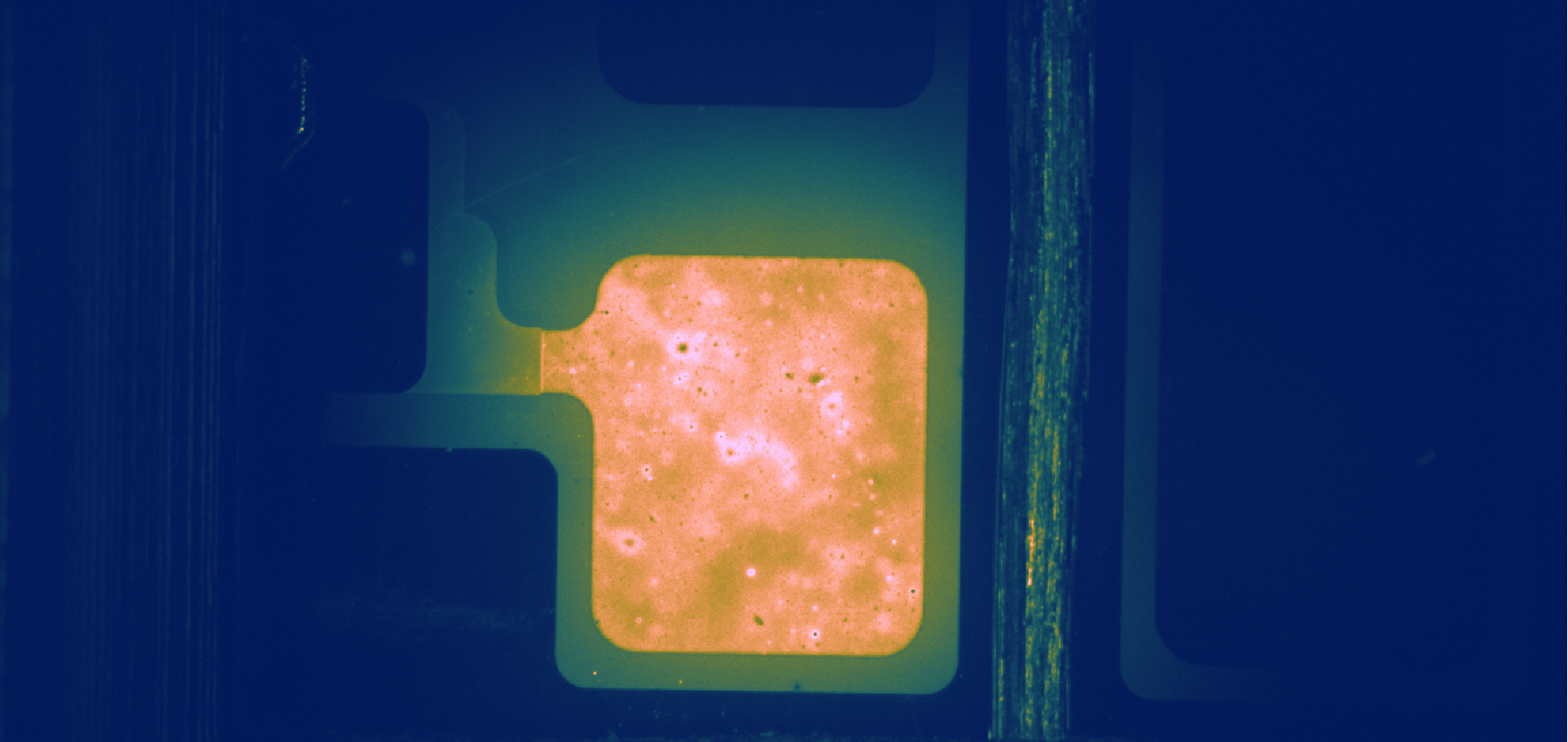Alumina nanoparticle interfacial buffer layer for low-bandgap lead-tin perovskite solar cells
Disentangling Degradation Pathways of Narrow Bandgap Lead-Tin Perovskite Material and Photovoltaic Devices
Optoelectronic characterisation and advanced modelling of metal halide perovskite solar cells
Abstract:
Scaling perovskite photovoltaics to module dimensions ( 2 m²) while maintaining a high efficiency over longer periods of time is critical for commercialisation and terawatt-scale deployment. In this thesis we cover 3 different projects which work towards furthering our understanding, in service of this goal.
In the first work, we introduce a rapid luminescence imaging technique that enables spatial mapping of key device parameters across large areas. Our approach uncovers significant heterogeneities in open-circuit voltage (VOC ) and charge collection efficiency at millimeter length scales. By correlating the photoluminescence ratio under short- and open-circuit conditions with current losses, we provide a new tool for visualising JSC losses, offering a valuable complement to traditional VOC mapping techniques. A detailed evaluation of transport layers reveals that top-contacting layers, such as Spiro-OMeTAD, are major sources of processing-induced hetrogenity, while bottom-contacting layers contribute minimal heterogeneity. This distinction between top and bottom layers underscores key architectural differences between n-i-p and p-i-n devices.
Using a combination of luminescence imaging, drift-diffusion simulations, and Bayesian inference, we extend our analysis to the study of degradation mechanisms in perovskite solar cells. This integrated method allows us to differentiate between bulk- and surface-driven degradation under light and heat stress. Our spatially resolved analysis shows that degradation is highly heterogeneous, with bulk degradation manifesting in more stable regions, and surface degradation occurring at defect points and spreading with aging.
Finally, we explore the potential of Si-perovskite tandem solar cells, achieving power conversion efficiencies (PCEs) approaching 36% with moderate radiative efficiencies ( 10%) and up to 38% as ηrad approaches the radiative limit. Our findings suggest that improvements in radiative efficiency and ideality factor could soon push tandem devices beyond the 36% efficiency threshold.


